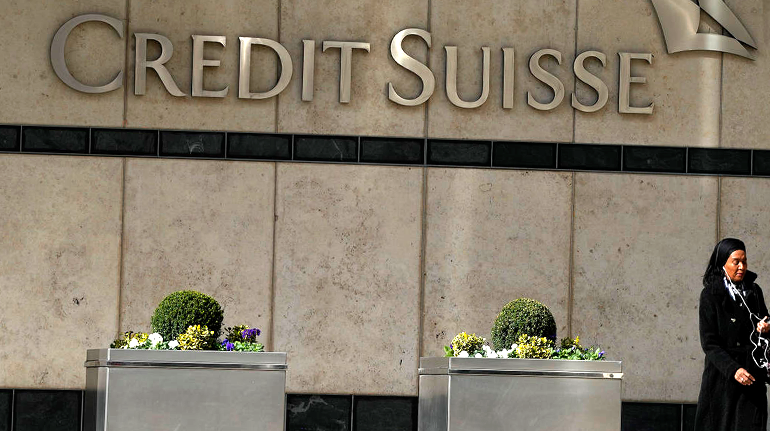
U.S. life insurers have minimal exposure to Credit Suisse (CS), with immaterial exposure to CS alternative tier 1 (AT1) capital, and sufficient capital and liquidity to withstand losses and related market volatility, Fitch Ratings says.
For life insurers, total investments in Credit Suisse are approximately $1.65b, or 0.6% of $341 billion of total capital, with around $85 million of CS AT-1 notes.
Of the rated issuers, five have exposure above 1.5% of capital, peaking at 3.8%, but this is mitigated by strong regulatory capital levels and stable liability profiles. The additional exposure to derivatives where CS or UBS is the counterparty is immaterial to capital.
As we stated, following the recent U.S. bank failures, Fitch-rated U.S. insurers have little direct exposure to now-failed banks. With respect to direct balance sheet, investment portfolio or counterparty exposures, we expect low recoveries, but the impacts to earnings and capital should be well within ratings expectations given the modest degree of exposure.
Life insurers’ strong liquidity position and matching cash-flow strategies should mitigate the effect of any realized losses, as volatility is expected to persist in 2023, pressuring market-based returns and variable net investment income.
Insurers’ stable liability and funding profiles will generally enable them to hold bonds until maturity, reducing pressure to sell them at a loss.

Investment portfolios of Fitch-rated life insurers are largely comprised of stable, high-quality investments, with fixed income securities making up the bulk of invested assets. However, financial system interconnectedness and second-order effects could exacerbate challenges of volatility in returns and valuations (see US Insurers’ Investments to the Failed Banks are Modest).
Fitch Ratings’ initial analysis around rated U.S. insurers’ exposure to now-failed banks indicates little direct exposure. Rated life insurers with exposures should have sufficient capital to withstand losses and related market volatility.
Insurers’ stable liability and funding profiles will generally enable them to hold bonds until maturity, reducing pressure to sell them at a loss. However, financial system interconnectedness and second-order effects could present short-term challenges (see Impact of Inflation & Rising Interest Rates on Insurance Industry).
The value of insurers’ bonds declined markedly in 2022 and, for many large insurers, contributed to an overall decline in shareholders’ equity.
U.S. life insurers reported an aggregate 59% decline in GAAP basis shareholders’ equity in 2022, primarily related to rising interest rates.
U.S. insurers’ regulatory capital ratio generally values bonds at amortized cost rather than market value. As a result, insurers’ interest-rate driven bond portfolio unrealized losses are unlikely to create regulatory capital funding needs.
Insurers are grappling with heightened macroeconomic volatility amid bank failures and shifting recessionary pressures, amid continued Federal Reserve monetary tightening.
The current interest rate environment is favorable for insurers’ earnings, but benefits are derived over time as portfolios turn over and insurers reinvest at more favorable rates. Our sector outlook for U.S. life insurance is neutral, though these headwinds will constrain earnings growth over the near-term.

 by
by 


